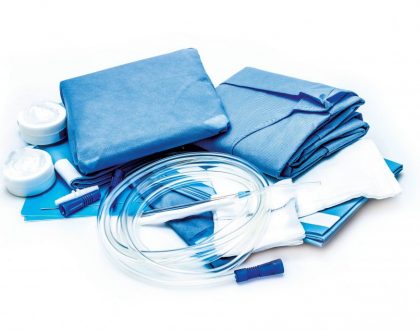In-house IVDs – TGA Release New Guidance

by admin
The TGA have published a guidance document for manufacturers of in-house IVDs (in-vitro diagnostic device) to assist in ensuring compliance with the new regulatory framework, released on 1 July 2010. The guidance is easy to understand and is a must read for Australian in-house IVD manufacturers.
An in-house IVD is defined as the following in the Therapeutic Goods (Medical Devices) Regulations 2002 as amended, Regulation 1.3:
An in-house IVD device means an IVD medical device that is:
(a) Within the confines or scope of an Australian medical laboratory or Australian medical laboratory network:
i. Developed from first principles; or
ii. Developed or modified from a published source; or
iii. Used for a purpose, other than the intended purpose assigned by the manufacturer; and
(b) Not supplied outside that medical laboratory or medical laboratory network.
In-house IVDs are, in general, pathology tests that have been developed or modified by a medical laboratory to carry out testing on human samples, where the results are intended to assist in clinical diagnosis or in making decisions concerning clinical management. The regulations are not limited to NATA accredited medical testing laboratories but extend to all laboratories that manufacture in-house IVDs as prescribed in the regulations. There are three broad situations where, in accordance with Regulation 1.3, a laboratory is considered to have manufactured an in-house IVD.
In-house IVDs must be classified according to the classification rules given in the Therapeutic Goods (Medical Device) Regulations 2002 as amended. Based on the determined classification conformity assessment procedures shall then be followed.
All Class 4 in-house IVDs shall comply with the requirements defined for commercially supplied Class 4 IVDs.
The conformity assessment procedures for Class 1-3 IVDs are specified in Schedule 3, Part 6A of the Regulations. To meet the basic requirements, the following activities must be completed:
- Notify the TGA annually of the contact details of the laboratory and provide the name and risk class for each in-house IVD manufactured. This must be completed annually via the TGA’s online system, eBusiness. Details will be recorded on the In-House IVD Notification Database.
- Meet the requirements defined in by the National Pathology Accreditation Advisory Council (NPAAC) performance standard.
- Obtain and maintain National Association of Testing Authorities (NATA) accreditation (or conformity assessment body accreditation (as deemed suitably by the TGA)).
- Meet the standard ISO 15189 Medical Laboratories – Particular Requirements for Quality and Competence.
The manufacturer (the laboratory) is required to hold information in relation to their quality management system, the design and manufacture of each in-house IVD and other documentation specified in the NPAAC standard. A post market system must also be implemented.
With a transition period that begun in 2010, in-house IVD manufacturers have until the 30 June 2014 to comply with the specified requirements. It is recommended manufacturers demonstrate compliance as soon as possible to avoid a long TGA review period.
The TGA Guidance can be found at http://www.tga.gov.au/pdf/ivd-regulatory-requirements.pdf.
For assistance completing regulatory activities for in-house IVDs, contact KD&A.
Recommended Posts

January 2024 Updated Guidance – System or Procedure Packs
February 28, 2024

Guidance on the vigilance system for CE-marked devices and the Device Specific Vigilance Guidance (DSVG) Template
February 19, 2024

TGA Fees and Charges Proposal 2024-25
February 1, 2024
